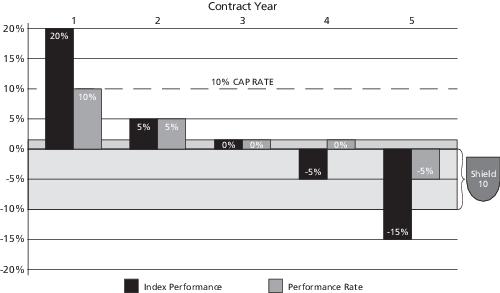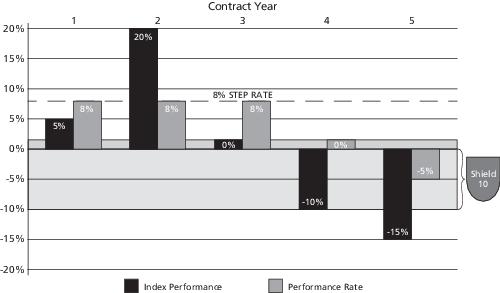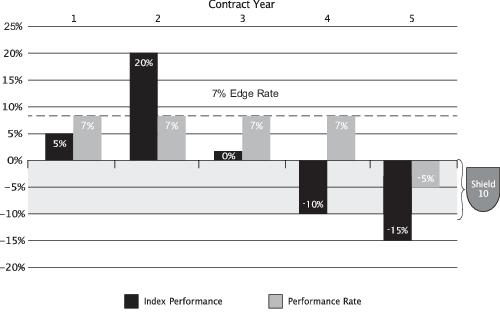analyses, managing our investments and maintaining financial records. A failure in the security of such systems or a failure to maintain the security of such systems, or the confidential information stored thereon, may result in regulatory enforcement action, harm our reputation or otherwise adversely affect our ability to conduct business, our financial condition or results of operations. In addition, our continuous technological evaluations and enhancements, including changes designed to update our protective measures, may increase our risk of a breach or gap in our security, and there can be no assurance that any such efforts will be effective in preventing or limiting the impact of future cyberattacks.
We and our vendors, like other commercial entities, have been, and will likely continue to be, subject to a variety of forms of cyberattacks with the objective of gaining unauthorized access to our systems and data, or disrupting our operations. Potential attacks may include, but are not limited to, cyberattacks, phishing attacks, account takeover attempts, the introduction of computer viruses or malicious code (commonly referred to as “malware”), ransomware or other extortion tactics, denial of service attacks, credential stuffing, and other computer-related penetrations. Hardware, software or applications developed by us or received from third parties may contain exploitable vulnerabilities, bugs, or defects in design, maintenance or manufacture or other issues that could compromise information and cybersecurity. The risk of cyberattacks has also increased and may continue to increase in connection with recent geopolitical conflicts, including in Europe and the Middle East, and other geopolitical events and dynamics that may adversely disrupt or degrade our operations and may compromise our data. Malicious actors may attempt to fraudulently induce associates, customers, or other users of our systems to disclose credentials or other similar sensitive information in order to gain access to our systems or data, or that of our customers, through social engineering, phishing, mobile phone malware, and other methods.
Cybersecurity threats are rapidly evolving, and those threats and the means for obtaining access to our systems are becoming increasingly sophisticated. Cybersecurity threats can originate from a wide variety of sources including terrorists, nation states, financially motivated actors, internal actors, or third parties, such as external service providers, and the techniques used change frequently or are often not recognized until after they have been launched. The rapid evolution and increased adoption of artificial intelligence technologies may intensify our cybersecurity risks, including the deployment of artificial intelligence technologies by threat actors. There is no assurance that administrative, physical and technical controls and other preventive actions taken to reduce the risk of cyberattacks and protect our information technology will prevent physical and electronic break-ins, cyberattacks or other security breaches to such computer systems. In some cases, such physical and electronic break-ins, cyberattacks or other security breaches may not be immediately detected. If we or our vendors fail to prevent, detect, address and mitigate such incidents, this may impede or interrupt our business operations and could adversely affect our business, financial condition and results of operations.
A disaster such as a natural catastrophe, epidemic, pandemic, industrial accident, blackout, terrorist attack, cyberattack or war, unanticipated problems with our or our vendors’ disaster recovery systems (and the disaster recovery systems of such vendors’ suppliers, vendors or subcontractors), could cause our computer systems to be inaccessible to our associates, distributors, vendors or customers or may destroy valuable data. In addition, in the event that a significant number of our or our vendors’ managers were unavailable following a disaster, our ability to effectively conduct business could be severely compromised. These interruptions also may interfere with our suppliers’ ability to provide goods and services and our associates’ ability to perform their job responsibilities. Unanticipated problems with, or failures of, our disaster recovery systems and business continuity plans could have a material impact on our ability to conduct business and on our financial condition and results of operations.
A failure of our or relevant third-party (or such third-party’s supplier’s, vendor’s or subcontractor’s computer systems) computer systems could cause significant interruptions in our operations, result in a failure to maintain the security, confidentiality or privacy of sensitive data, harm our reputation, subject us to regulatory sanctions and legal claims, lead to a loss of customers and revenues, and otherwise adversely affect our business and financial results. Our cyber liability insurance may not be sufficient to protect us against all losses. See also “— Any failure to protect the confidentiality of customer, associate, or other third party information could adversely affect our reputation and have a material adverse effect on our business, financial condition and results of operations.”
Our associates and those of our third-party service providers may take excessive risks which could negatively affect our financial condition and business
As an insurance enterprise, we are in the business of accepting certain risks. The individuals who conduct our business include executive officers and other members of management, sales intermediaries, investment professionals, product managers, and other associates, as well as associates of our various third-party service providers. Each of these individuals makes decisions and choices that may expose us to risk. These include decisions such as setting underwriting guidelines and standards, product design and pricing, determining what assets to purchase for investment and when to sell them, which business opportunities to pursue, and other decisions. Such individuals may take excessive risks regardless of the structure of our risk management framework or our compensation programs and practices, which may not effectively deter excessive risk-taking or misconduct. Similarly, our controls and procedures designed to monitor associates’ business decisions and


